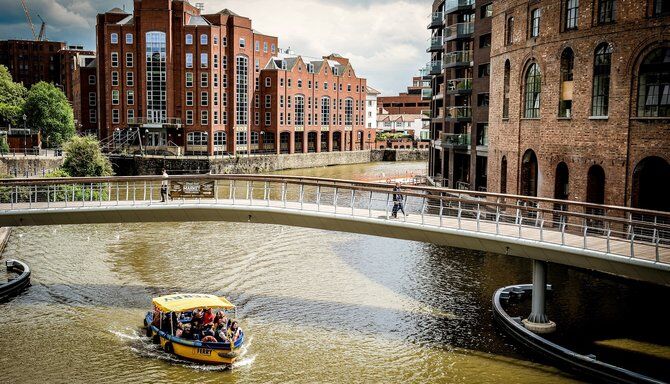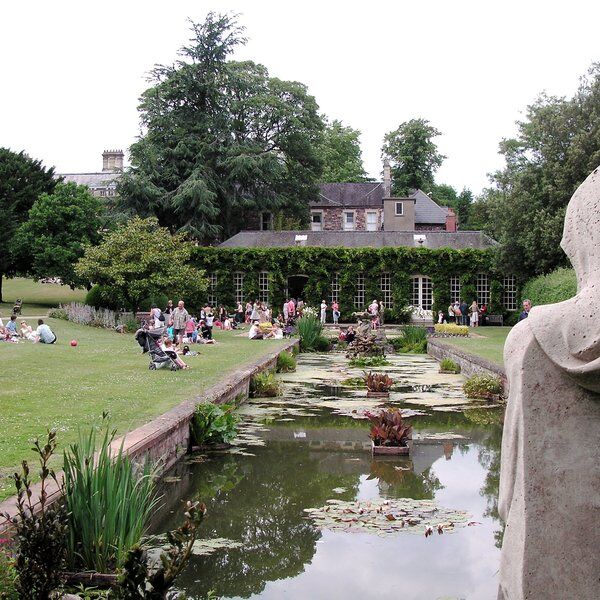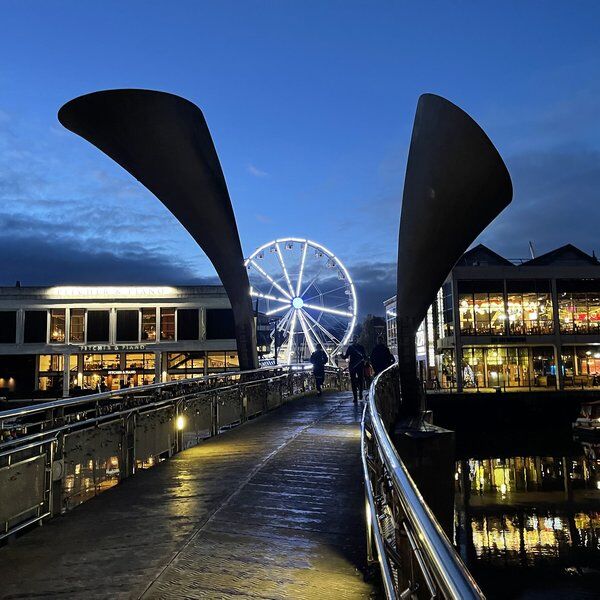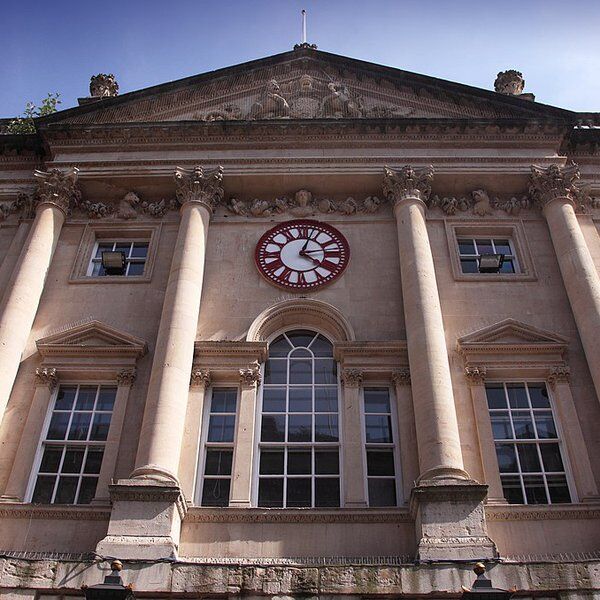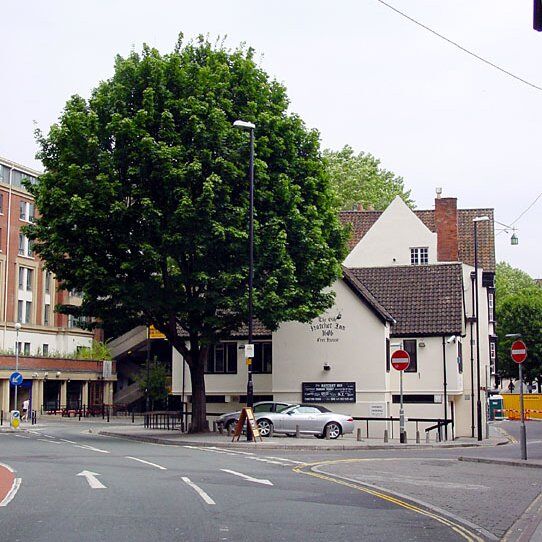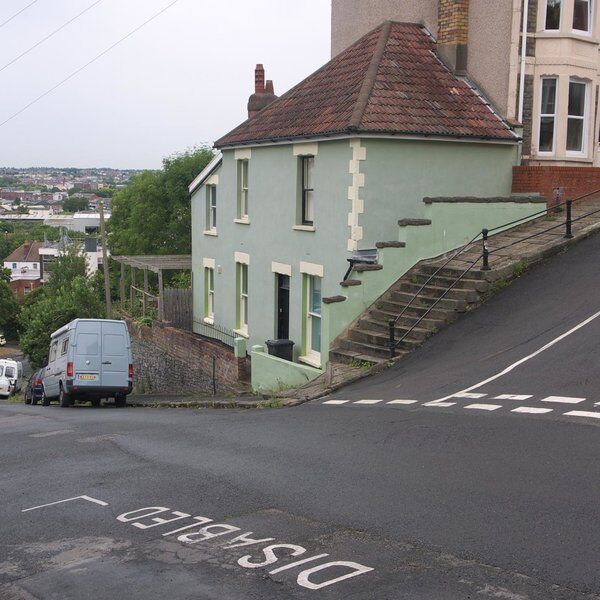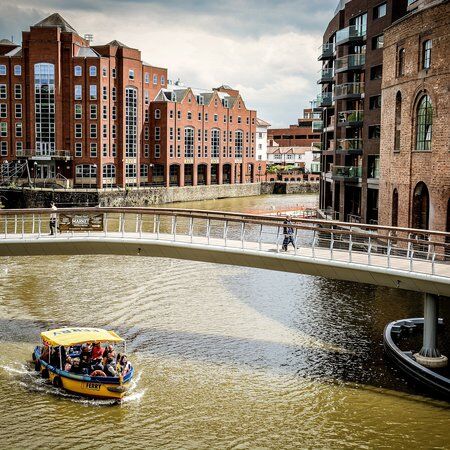
What is Wapping Wharf?
Bristol’s newest neighbourhood, Wapping Wharf, is situated on the city’s bustling harbourside; a place rich with culture and history.
The area has become well-known for its vast array of independent retailers. But it has also become home to over 1,000 residents, after developers were awarded £12 million in 2013 by the Homes & Communities Agency, under the Get Britain Building scheme.
Previously, the land was disused and rundown. Now Wapping Wharf is the final piece of an iconic project to regenerate Bristol’s Floating Harbour.
A Brief History of Wapping Wharf
Wapping Wharf as a Shipyard
The area began its long love-affair with ship building around 1700, when Bristol merchants formed Queen Square and the shipyards were relocated to Wapping Wharf.
By 1742 the shipyard was also performing as a dry or graving dock, where ship repairs would have been carried out.
Within 100 years Wapping Wharf had become the construction site of several major ships, including Isambaard Kingdom Brunel’s first steamship the SS Great Western in 1837 and his SS Great Britain in 1843.
In order to aid with ship building, repairs, and lifting cargo on and off ships the Fairbairn steam crane was erected in 1875 and the hydraulic swing bridge was constructed in 1878. Alongside this, various useful dockside buildings were established at Wapping Wharf during the height of Bristol’s maritime prowess.
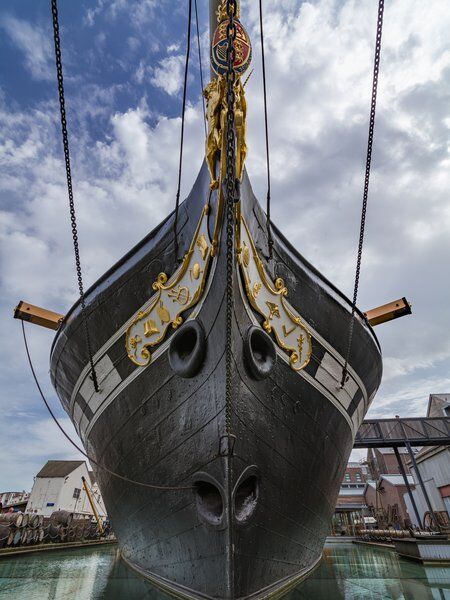
The Floating Harbour
By 1802, Bristol was facing competition from docks in Liverpool. In order to trump this competition and improve trade, a Floating Harbour was proposed by civil engineer William Jessop.
Work on the Floating Harbour was conducted between 1804 and 1809. As part of the process the River Avon was diverted through South and East Bristol via the New Cut, an artificial aquatic passage.
Afterwards, the shipyard became one of the most important aspects of the city.
The Railway Line
In 1876 a railway line connecting Temple Meads with the Floating Harbour was extended to pass through Wapping Wharf.
When the Great Western Railway took full possession of the area in 1895 they built several warehouses and there was also a coal depot that existed on the site until 1987.
Hangings at Wapping Wharf
The ‘New Gaol’
In 1816, the ‘New Gaol’ was commissioned by an Act of Parliament, to replace the former Newgate Prison, which was considered the worst in Britain. A hefty £60,000 later and the new prison began taking its first inmates from 1820.
Built to resemble a castle, the new prison consisted of a watchtower – to encourage good behaviour – a pretend portcullis, and an intimidating gatehouse, which doubled as a stage for public hangings. After the hanging the condemned were dropped and fell between a built-in trap door.
The First Public Execution
In 1821 the first public execution occurred at the gatehouse when John Horwood was hanged for the murder of Eliza Balsum.
Balsum had suffered a head injury after Horwood had thrown a stone at her. After an unsuccessful operation, conducted by Dr. Richard Smith, she suffered a fatal abscess and died.
Dr. Smith had given Horwood’s name in police questioning and testified against him in the trial. After he was hanged, Dr. Smith performed studies on his body and used the skin to bind the case notes. Today, Dr. Smith’s ‘Skin Book’ is on display at the nearby M Shed Museum.
The Bristol Riots and Prison’s Closure
During the Bristol Riots of 1831, the Gaol’s iron gates were breached, the doors were torn down, and 170 prisoners were released. The rioters also destroyed the prison records before setting fire to the buildings.
After sustaining extensive damage, the prison had to be rebuilt. However, these efforts were insufficient and conditions at the Gaol deteriorated until its eventual closure, in 1883.
In 1895 Great Western Railway purchased the site. Today the Gatehouse is all that remains after the prison was demolished and the grounds were levelled for railway-related purposes.
The Last Public Execution
A huge crowd of Bristolians gathered to witness the final execution at the Gaol Gatehouse on 20th April 1849. Apparently, the hanging was so disturbing that the onlookers were horrified and the Prison Governor actually fainted.
The young convict was Sarah Thomas, a servant charged with murdering her elderly employer. Her hanging marked the last execution of a teenage girl in Britain.
After World War Two
During the war, particularly the Blitz of 1941, many of the harbourside warehouses, built by the Great Western Railway, were destroyed.
Immediately after World War Two, the Port of Bristol Authority built the new Cargo Dock Berth and the ‘L’ and ‘M’ sheds, which went on to form part of the Industrial Museum.
Dockyard commerce gradually declined in the 1950s and 1960s and the area became the site of the Arnolfini Gallery and the Industrial Museum. Other areas were used as storage.
In 2006, the Industrial Museum closed and underwent a huge renovation. It reopened in 2011 as M Shed, a reference to the former ship container identification system.
Regenerating the Harbourside
Since the 1980s millions of pounds have been poured into regeneration and conservation projects at Bristol’s Harbourside.
In June 2006, Bristol City Council approved plans to develop Wapping Wharf in particular, allowing for the creation of new restaurants, cafes, shops, and homes.
The project also included plans to provide access from south Bristol through to the Floating Harbour and restore several important listed buildings, improving the City Docks Conservation Area.
Renovations were led by Umberslade, a family-run property development company that owned the site. Working in unison with one of the UK’s biggest multi-use development and regeneration companies – Muse Developments – Wapping Wharf has been transformed into a vibrant cultural hub at Bristol’s core.
Wapping Wharf: Uniting Bristol
Today Gaol Ferry Steps – a pedestrianised route running through Wapping Wharf – provides the important unification of South Bristol and the city centre.
Visitors can now make a smooth transition from the Gaol Ferry Bridge, along the paved route, flanked by trees and retailers on either side, to reach the new landscaped square and on, towards the waterfront.
What is there to do at Wapping Wharf?
Today at Wapping Wharf, visitors can live, shop, eat, and relax by the water’s edge.
The independent businesses along the Gaol Ferry Steps and at CARGO – Bristol’s first retail yard made from adapted shipping containers – have an eclectic offering of food and drinks. There are also clothing stores, a yoga studio, and gift shops.
Venturing further along the Floating Harbour you may wish to consider exploring the aforementioned SS Great Britain, the various cranes, and even enjoy a history lesson at M Shed Museum.
Our thoughts…
In true Bristolian fashion this new community has become an embodiment of the independent and creative spirit for which Bristol is already renowned. It is a much-loved part of the city, popular with both tourists and locals alike.
Interested in finding more places like this? Try one of our Bristol Treasure Hunts - untangle cryptic clues as a team, as you are taken on a journey to the most unique, unusual and bizarre corners of England.
